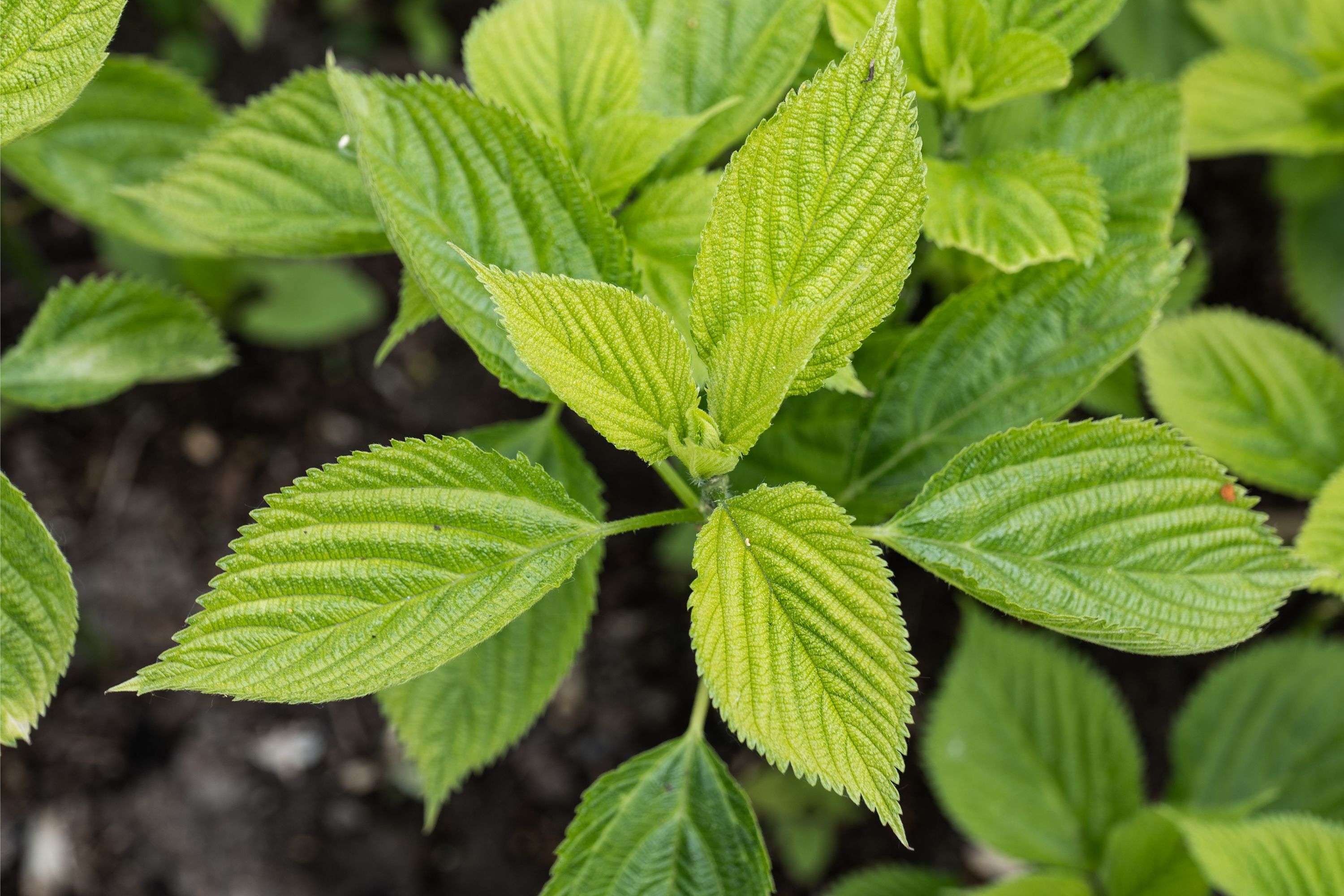False nettle
(Boehmeria cylindrica)

Description
Boehmeria cylindrica, with common names false nettle and bog hemp, is an herb in the family Urticaceae. It is widespread in eastern North America and the Great Plains from New Brunswick to Florida to Texas to Nebraska, with scattered reports of isolated populations in New Mexico, Arizona, and Utah, as well as in Bermuda, Mexico, Central America, the West Indies, and South America. The plant is an herb or subshrub up to 160 cm tall, usually monoecious, but rarely dioecious. Leaves are usually opposite, though occasionally alternate, and the inflorescence is a spike with a tuft of small bracts at the apex. B. cylindrica is a deciduous and occasionally dioecious growing plant. The plant grows to be 0.5 to 1.0 m in height with opposite leaf arrangement. Spike-like hairs are in the leaf axils. Leaves are ovate in shape and 6-8 cm in length and 3-4 cm in width. Flowers are green or greenish white in color and the flowers appear from the axils of the upper leaves. Small, oval-shaped seeds are covered in small, hook-like hairs. Once mature, the seeds are dark brown.The inflorescences resemble spikes and can be from 1-3 cm in length. Male and female flowers typically grow on separate plants. Male flowers are more prominently distributed among the spikes in bunches. The female flowers are less continuously distributed along the spikes. B. cylindrica can be found across the North American continent into Central and South America. It is native to northeastern Canada through the majority of the United States from Maine to Florida and stretching towards South Dakota to California. B. cylindrica can be found in wet to mesic deciduous woodland habitats. The plant flourishes the most in floodplain and bottomland areas.
Taxonomic tree:







